Prague - December 7, 2012
Ellen Sebring presents her paper within the panel Time and Technology at International conference MutaMorphosis in Prague, Czech Republic.
In the dive towards history, disorientation overtakes the navigation through artifacts of the past and knowledge begins. To not know is to know. The power of visual images from the historical record to connect us with history is introducing a tactile, sense-based experience that embodies visual thinking.
Researchers working with digital data sets fall into a rabbit hole of visual image immersion. As a bygone world takes shape before their eyes, they loose their bearings, let go of “now” and respond to “then.” When these “time travelers” reemerge how do they tell their tale? In the digital age, readers can experience the primary sources that previously were only available second-hand, filtered through a historian’s prose. Visual artifacts, when arranged by knowing hands, communicate historical narrative directly with a sensory form of knowledge.
Visual narrative is atmospheric rather than precise, characterized by ambience, aura, character, feel, mood, tone, and undercurrent. The grammar of visual narrative derives from the source materials made by vanished citizens of the time period in question and readers are literally able to see for themselves. Like the researchers, readers are also asked to let go of their moorings, become comfortable with a state of not knowing in order to discover the unknown. Authors are charged with creating this exploratory state in readers using emerging models of visual narrative that are not only technically innovative, but also informed by the ways knowledge is evolving toward visual thinking in response to today’s “visual tsunami.”
China’s Boxer Uprising of 1900 is the case study for this research. When an unprecedented military alliance of eight international powers overran Beijing, the global response generated a vast visual record that is now being collected in the digital medium. Immersion in these visual data sets mirrors the pursuit of knowledge in science as described by neuroscientist Stuart Firestein in his 2012 book, Ignorance: How it Drives Science. Firestein writes: “The facts serve mainly to access the ignorance….science traffics in ignorance, cultivates it, and is driven by it. Mucking about in the unknown is an adventure…” and asks “Can we construct an epistemology of ignorance like we have one for knowledge?”
Digital visual narrative is in its infancy, but the awakening of the visual sense in social/cultural historical research is growing within what is traditionally a vehemently text-based field. My own project at MIT, Visualizing Cultures, is in its tenth year of collaboration with historians to explore the visual record through new media. Earlier at MIT, Gyorgy Kepes, founder of the Center for Advanced Visual Studies, included in his series on art and science, a volume called Education of Vision (1965). Essays by such scholars as Rudolf Arnheim shine light on the secondary, hidden, and often denied role of visual thinking. Now, like driving a car in a new place, states of ignorance and disorientation indicate a move toward a sense-based awareness with which the mental mastery of facts must collaborate. This bilateral imaginary is at the root of visual narrative.
- Tags:

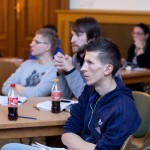
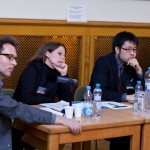
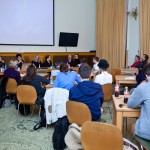
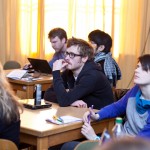
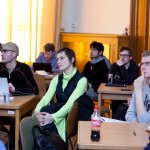
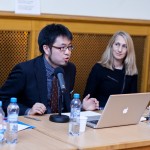
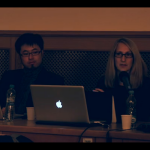
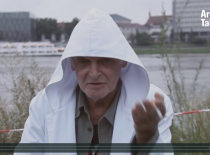
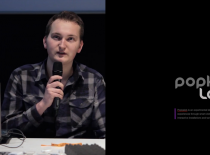
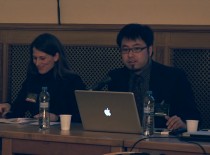
 Copyright © 2025 ARTISTTALK. All Rights Reserved.
Copyright © 2025 ARTISTTALK. All Rights Reserved.
0 Comments
You can be the first one to leave a comment.